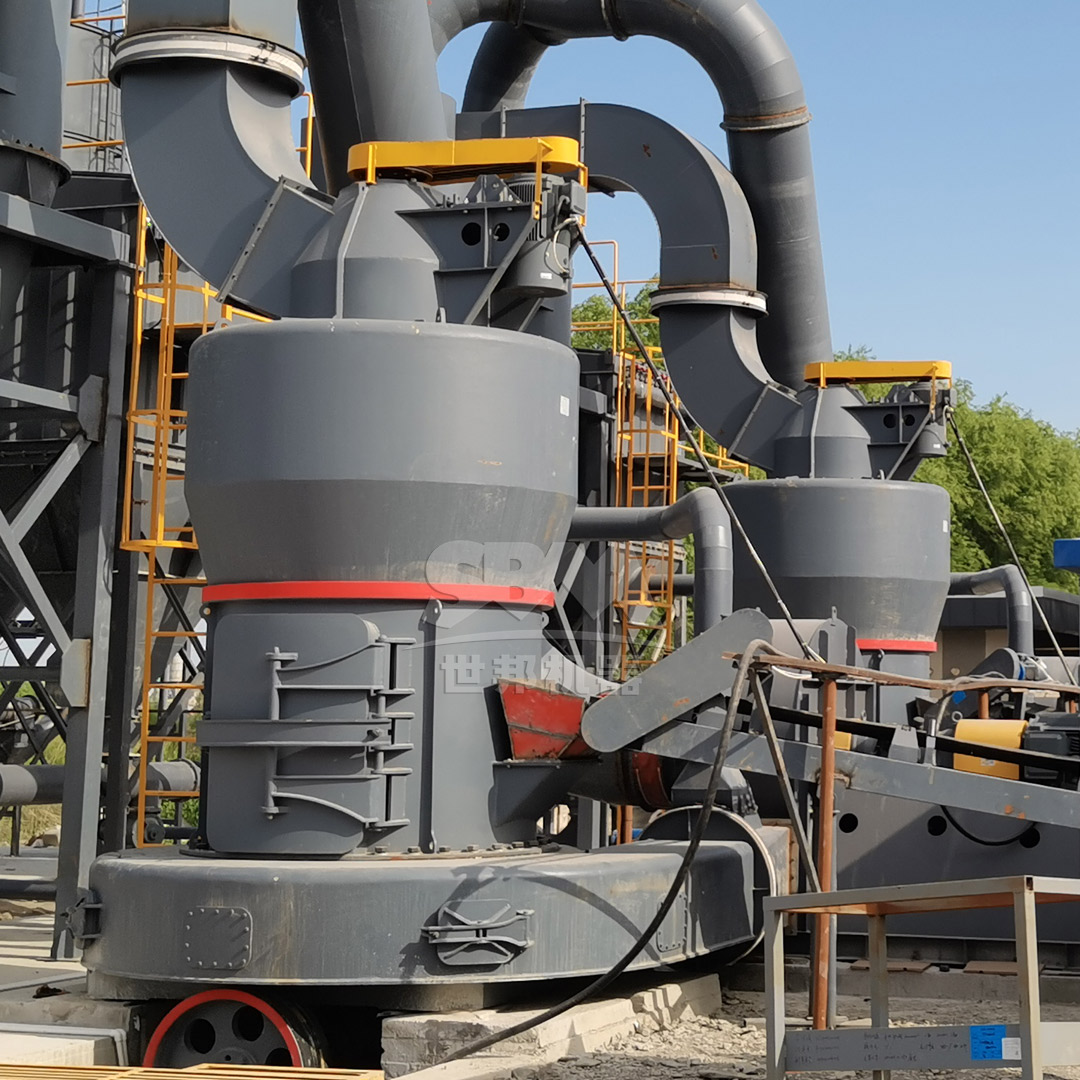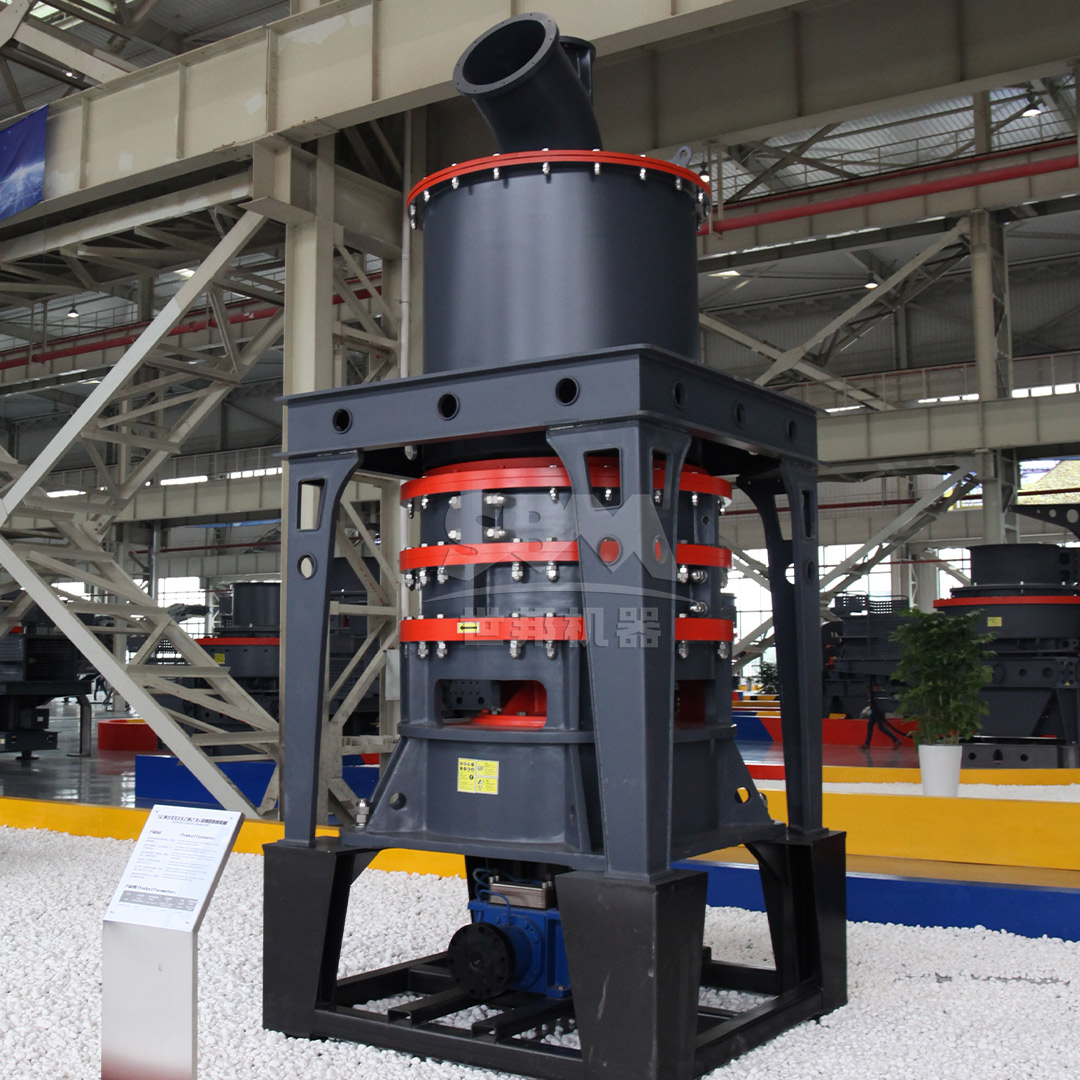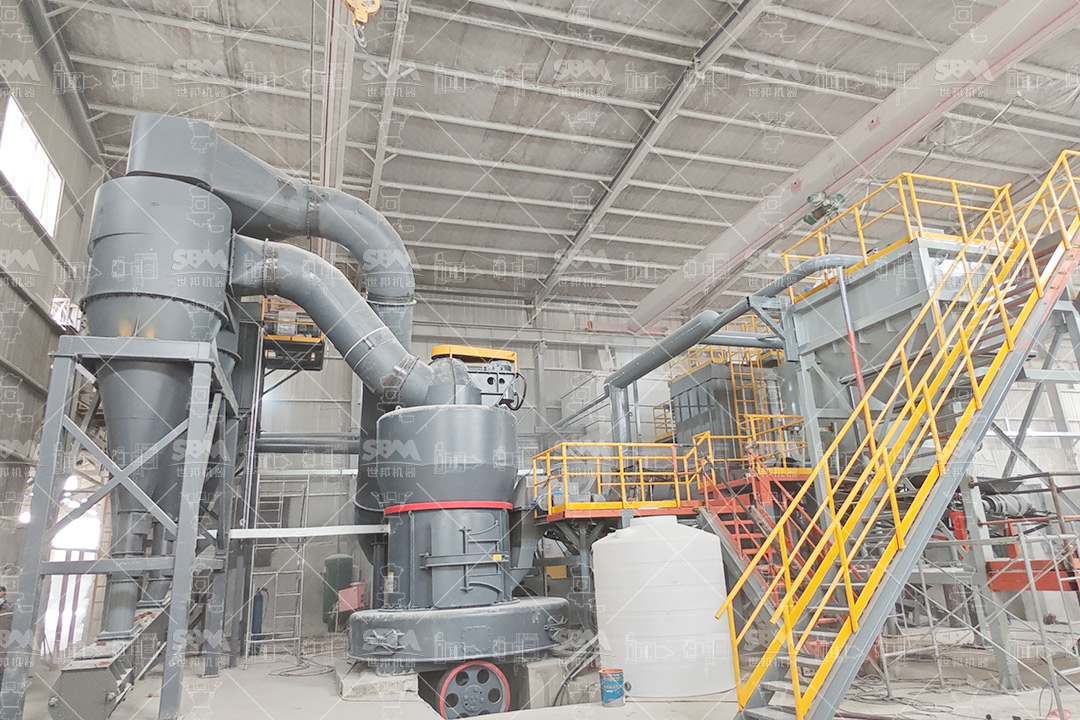In the oil and gas industry, barite plays a crucial role as a weighting agent in drilling mud formulations. The efficiency of barite grinding directly impacts drilling performance, operational costs, and environmental compliance. Modern barite processing requires specialized milling equipment capable of producing consistent, high-density powder with precise particle size distribution. This article explores the technical requirements for barite grinding and presents advanced milling solutions that deliver superior performance in heavy drilling mud applications.

Barite (BaSO₄) is a mineral characterized by its high specific gravity (4.2-4.5 g/cm³), chemical inertness, and low solubility. For drilling mud applications, barite must be ground to specific fineness requirements while maintaining its chemical purity and density properties. The American Petroleum Institute (API) specification 13A mandates that barite powder should have a minimum specific gravity of 4.2 and specific particle size distribution with at least 97% passing through 75μm (200 mesh) and 30-60% passing through 6-15μm.
Successful barite processing depends on several key factors: particle size distribution control, minimal iron contamination, energy efficiency, and consistent production rates. Traditional grinding methods often fail to meet these requirements simultaneously, leading to compromised mud performance and increased operational costs.
Modern barite grinding has evolved significantly from basic crushing methods to sophisticated milling systems that optimize particle morphology and size distribution. The transition to roller mill technology represents a major advancement in barite processing efficiency.
Compared to ball mills and Raymond mills, contemporary roller mills offer substantial benefits for barite processing. These include higher energy efficiency, better particle size control, reduced iron contamination, and lower operating costs. The principle of material bed compression grinding enables more efficient size reduction with minimal energy waste.
| Grinding Method | Energy Consumption (kWh/t) | Particle Shape | Iron Contamination | Maintenance Frequency |
|---|---|---|---|---|
| Ball Mill | 45-55 | Irregular | High | Monthly |
| Raymond Mill | 35-45 | Moderate | Medium | Quarterly |
| Modern Roller Mill | 25-35 | Uniform | Low | Semi-annual |
For operations requiring ultra-fine barite powder with exceptional consistency, our SCM Ultrafine Mill represents the pinnacle of grinding technology. This advanced system delivers barite powder in the range of 325-2500 mesh (D97≤5μm) with unprecedented efficiency and control.
The SCM Ultrafine Mill incorporates multiple technological innovations specifically beneficial for barite processing. Its vertical turbine classifier ensures precise particle size切割, eliminating coarse particles that can compromise drilling mud performance. The unique grinding chamber design prevents iron contamination, maintaining barite’s chemical purity essential for drilling applications.

With capacity ranging from 0.5-25 tons per hour (depending on model), the SCM series accommodates various production requirements. The mill’s intelligent control system automatically maintains target particle size distribution, crucial for meeting API specifications consistently. Special wear-resistant materials in grinding components ensure extended service life when processing abrasive barite ore.
| Model | Processing Capacity (t/h) | Main Motor Power (kW) | Input Size (mm) | Output Fineness (mesh) |
|---|---|---|---|---|
| SCM800 | 0.5-4.5 | 75 | ≤20 | 325-2500 |
| SCM900 | 0.8-6.5 | 90 | ≤20 | 325-2500 |
| SCM1000 | 1.0-8.5 | 132 | ≤20 | 325-2500 |
| SCM1250 | 2.5-14 | 185 | ≤20 | 325-2500 |
| SCM1680 | 5.0-25 | 315 | ≤20 | 325-2500 |
For large-scale barite processing operations requiring high throughput with consistent quality, our MTW Series Trapezium Mill offers an optimal balance of capacity, efficiency, and reliability. This robust system processes barite with input sizes up to 50mm and delivers output fineness from 30-325 mesh at capacities reaching 45 tons per hour.
The MTW Series incorporates curved air duct technology that minimizes energy loss and improves material transport efficiency. Its cone gear integral transmission achieves remarkable 98% transmission efficiency, significantly reducing power consumption. The innovative wear-resistant volute structure enhances air classification performance while reducing maintenance requirements by 30% compared to conventional designs.
With models ranging from MTW110 to MTW215G, the series provides flexible scaling options for barite processing plants of all sizes. The anti-wear shovel blade design specifically addresses the challenges of processing abrasive materials like barite, extending component life and reducing downtime. The intelligent control system ensures stable operation and consistent product quality even with variations in feed material characteristics.

The relationship between barite particle characteristics and drilling mud performance is well-established. Properly ground barite with optimal particle size distribution significantly enhances drilling efficiency, reduces fluid loss, and improves wellbore stability.
Research demonstrates that barite powder with controlled particle size distribution between 6-75μm provides the ideal balance between suspension stability and rheological properties in drilling mud. Too many fine particles increase viscosity unnecessarily, while coarse particles lead to settling and weight material segregation. Advanced roller mills with precision classification systems enable producers to target this optimal size range consistently.
Iron contamination from grinding media represents a significant concern in barite processing, as it can catalyze undesirable chemical reactions in drilling fluids. Modern roller mills address this challenge through specialized wear materials and innovative grinding chamber designs that minimize metal-to-metal contact and incorporate effective iron removal systems.
Beyond technical performance, modern barite grinding systems must address economic viability and environmental compliance. Advanced roller mill technology delivers substantial advantages in both areas compared to traditional grinding methods.
The transition from ball mills to advanced roller mills typically reduces energy consumption by 30-40% for equivalent barite processing capacity. For a medium-sized barite plant processing 100,000 tons annually, this translates to approximately 2,000-3,000 MWh in annual energy savings, significantly reducing operating costs and environmental footprint.
Contemporary barite grinding systems incorporate comprehensive dust collection and noise reduction technologies. Pulse dust collectors with efficiency exceeding international standards ensure workplace safety and environmental protection. Advanced noise reduction designs maintain operational noise levels below 75dB, creating better working conditions and facilitating compliance with industrial noise regulations.
Choosing the appropriate grinding system for barite processing depends on multiple factors including production requirements, feed material characteristics, product specifications, and site-specific considerations.
| Application Requirement | Recommended Equipment | Key Considerations | Typical Capacity Range |
|---|---|---|---|
| Ultra-fine barite (2500 mesh) | SCM Ultrafine Mill | Precision classification, low contamination | 0.5-25 t/h |
| Standard API barite (200 mesh) | MTW Trapezium Mill | High capacity, operational economy | 3-45 t/h |
| Large-scale production | LM Vertical Roller Mill | Maximum throughput, energy efficiency | 3-250 t/h |
Successful implementation of barite grinding systems requires comprehensive planning including material handling integration, dust collection system design, and automation strategy. Modern mills with intelligent control systems facilitate seamless integration into existing operations while providing real-time monitoring and optimization capabilities.
The evolution of barite grinding technology continues with emerging trends focusing on digitalization, energy optimization, and sustainability. Smart grinding systems incorporating IoT connectivity, predictive maintenance algorithms, and advanced process control represent the next frontier in barite processing efficiency.
Next-generation barite grinding systems are increasingly incorporating digital twin technology, enabling virtual optimization of operational parameters before implementation. Real-time particle size analysis and adaptive control algorithms further enhance product consistency and operational efficiency.
The barite processing industry is moving toward more sustainable practices through energy recovery systems, water conservation technologies, and circular economy principles. Advanced grinding systems play a crucial role in this transition by minimizing energy consumption and environmental impact while maximizing resource utilization.
The advancement of barite roller mill technology has revolutionized heavy drilling mud production, enabling unprecedented levels of efficiency, product quality, and operational reliability. Modern systems like the SCM Ultrafine Mill and MTW Series Trapezium Mill provide barite processors with sophisticated tools to meet evolving industry demands while optimizing economic and environmental performance. As drilling operations continue to push into more challenging environments, the importance of high-performance barite grinding technology will only increase, driving further innovation in this critical field.